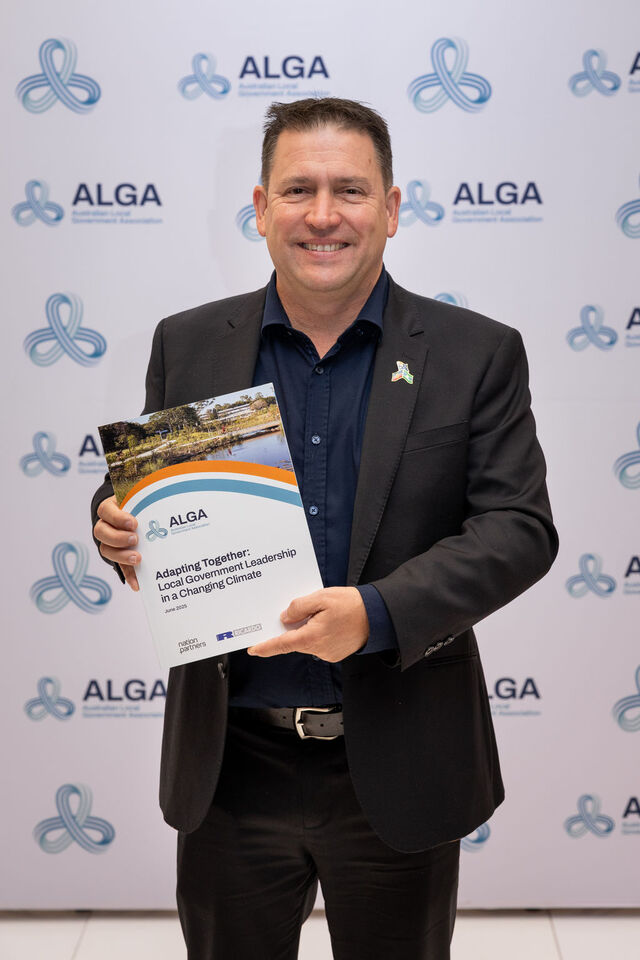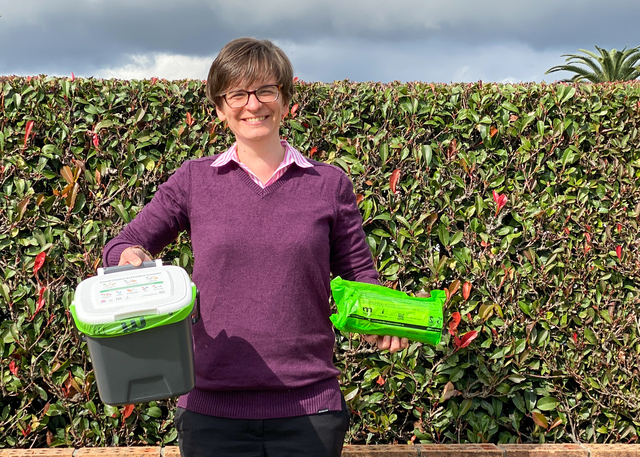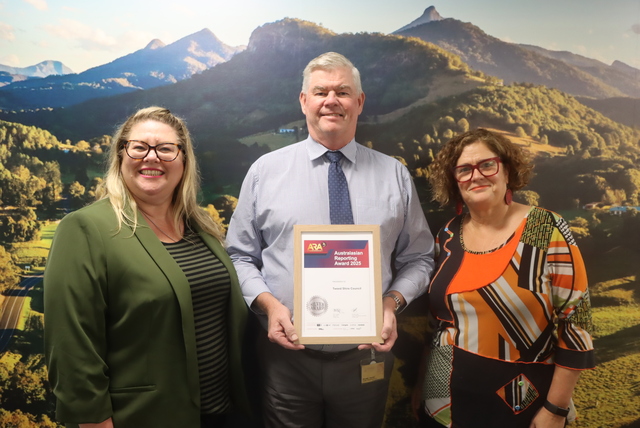Covering an area of almost 19,000 square kilometres, with a population of just under 3,500 people, Carrathool Shire is located about halfway between Adelaide and Sydney and about 500 kilometres north of Melbourne. Despite this apparent isolation Carrathool Shire Council has taken on a leadership role in environmental management.
Located in the western Riverina of New South Wales, Carrathool is a typical rural shire. The large area it covers has a scattered population residing in four small townships and the town of Hillston or on farms. Council maintains around 2,700 kilometres of sealed and unsealed roads. However, as distinct from most other rural and regional areas as well as most of urban Australia, it has an enviable unemployment rate of less than three per cent.
Traditionally an area of dry land farming based on grain crops, wool and beef production, more recently the availability of irrigation has seen a diversification into an array of agricultural activities. Extensive cotton production, as well as citrus, cherries, rice, corn, potatoes, olives, grapes, melons and tomatoes, have created additional job opportunities and population growth. Increased population especially in the Shire’s largest town, Hillston, and the need to meet the accommodation requirements of seasonal workers, is demanding astute planning by Council.
Council’s greatest challenge is to find ways of linking these economic opportunities with environmental sustainability, while enhancing the social and cultural fabric of the community.
“With Council handling almost $20 million of development applications this financial year, our mission of ‘promoting a sustainable future through diversity’ has been well tested,” said Council’s General Manager, James Roncon.“We continue to promote a very sustainable future through our diversity, backed up with strong infrastructure support for all levels of business and agri business.”
Initiatives to enhance economic activity are not new in Carrathool. For the past 30 years Council has been assisting rural land holders through various rural water supply schemes.
“As a low rainfall area, piped water to each property has increased the capacity for carrying stock,” said Mayor Athol Roberts. “We now have six schemes in place which have provided an immense value and greater certainty particularly in long dry periods.”
Improvements to roads, lobbying for an upgrade of rail links with the ports of Melbourne and Geelong, telecommunication enhancements and environmental management initiatives are designed to assist existing industry and attract new enterprises.
“Alongside everything we do, we are very much a roads Council,” said Mayor Athol Roberts. “This must be a priority and our road building ability is very good. In addition to Federal funding, over the past two to three years we have allocated increasing amounts to our road network.”







